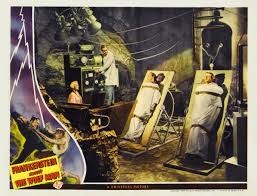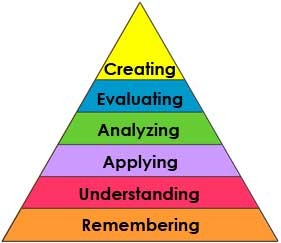“Cooperative learning refers to instructional methods that teachers use to organize students into small groups, in which students work together to help one another learn academic content” (Slavin et al. , 2012)
This is a specific kind of collaborative learning, where pupils are generally organised into a team, and different roles assigned and discussed. In this context, it is possible for pupils to cooperate, without necessarily collaborating. 
Cooperative Learning models include the following basic principles:
• Group tasks are designed to be suitable for group work.
• Positive interdependence is built in – cooperation is necessary for students to succeed.
• Attention and class time are given to interpersonal/cooperative skill building.
• Participants learn together in small (2-5 member) groups.
• Students are individually accountable for learning and participation.
• The instructor’s role changes from being the “sage on the stage” to the “guide on the side.”
Cooperative Learning is about moving from rote learning to learning how to think critically and
in changing circumstances. (MacPherson, 2007)
A classroom example
In Science/ geography: an alternative energy pack has been created, and groups of pupils are given resource cards about alternative energy sources. They are asked to give their opinion on the different resources, considering external factors such as conservation issues.
By formalising cooperative learning strategies, the groups are given structure and pupils know what their expectations are. Research has shown that placing emphasis on group learning behaviours encourages a sense of individual responsibility and ownership
Collaborative learning is at the heart of the Curriculum for Excellence.
Collaborative learning works in conjunction with cooperative learning, but also incorporates reflection of individuals, to identify their strengths and weakness during the group work. Pupils are encouraged to see the whole picture when it comes to group work, and work together collaboratively.
Building Learning Power? This promotes a positive classroom climate, supporting collaborative learning. It goes beyond what has already been discussed, and encourages teachers to be open with their pupils that intelligence is learnable.






